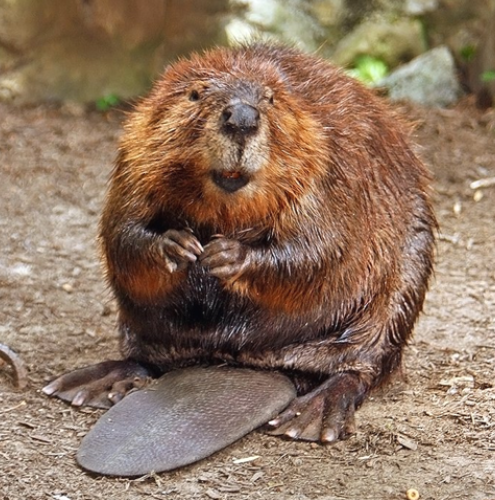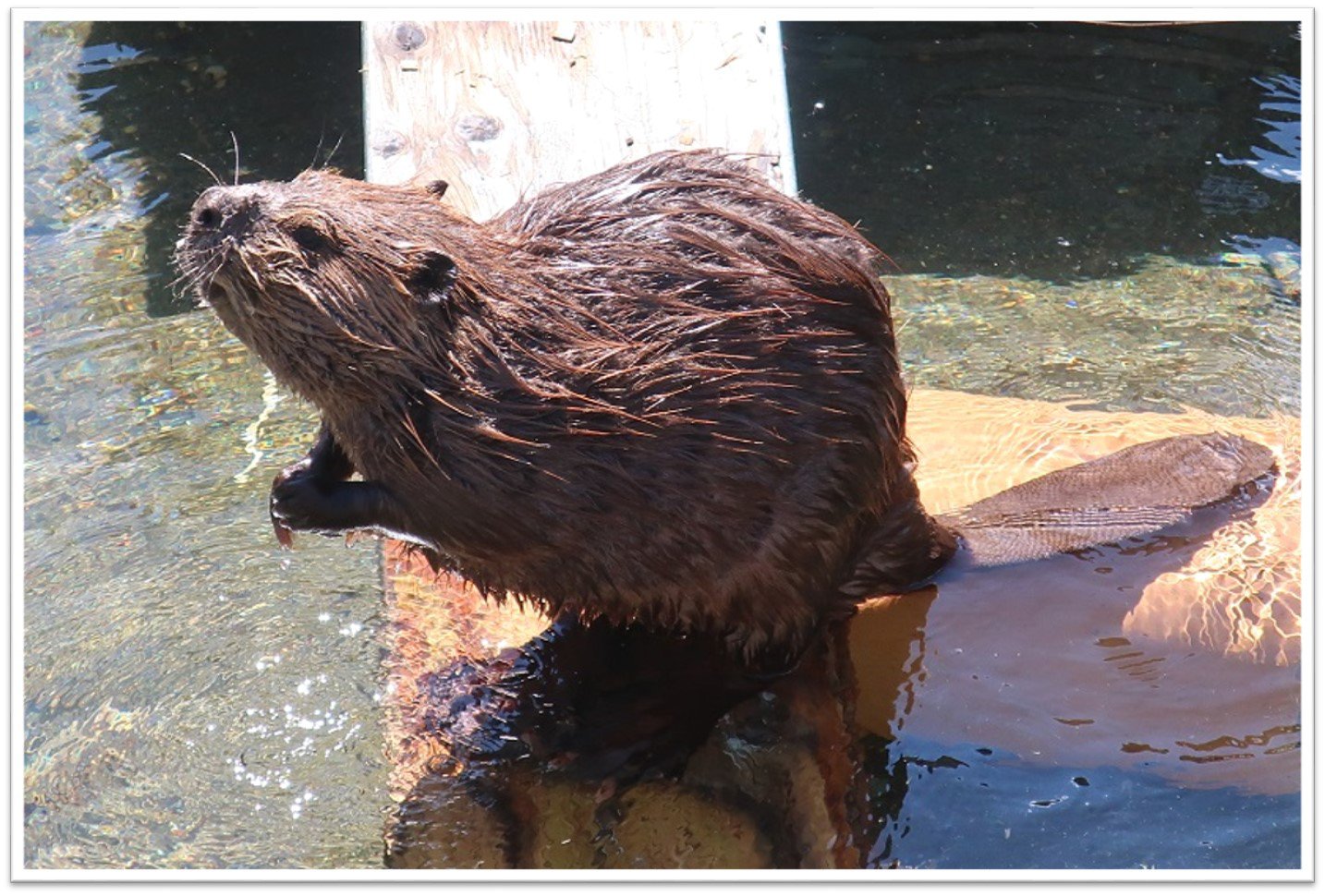'Habitat Superheroes' To The Rescue
- October 12, 2018
- John Harrison

They are nature’s best and most efficient hydrologic engineers, and they are being put to work rebuilding fish and wildlife habitat in North Central Washington.
They are beavers, and where they build their dams water tables improve, shorelines stabilize, vegetation grows, and habitat for fish and wildlife improves. When high flows destroy their careful construction work, beavers simply rebuild their structures and the habitat benefits are re-established.
In this sense, beavers are a tool in the effort to improve and recover fish populations, and in North Central Washington beavers are helping improve spawning and rearing habitat for endangered spring Chinook salmon and threatened steelhead and bull trout, as well as other fish and wildlife.
Beavers have a long and complicated, and in some ways tragic, history in the Northwest. Beavers were common and prolific in the region prior to about 1800. Their preferred habitat is in or near the headwaters of rivers and streams, and more than half of the watercourses in the United States and Canada are headwaters streams. With their dams and resulting ponds, beavers have an impact on headwaters dynamics, such as tree growth, water quality, floodplain functioning, and vegetation.
In the Northwest of the early 1800s, intense competition among fur companies nearly drove beavers to extinction. Their thick fur made excellent, warm, and waterproof coats and hats. As beavers were steadily trapped and killed, their loss, in retrospect, was among the most profound causes of habitat alteration in headwaters river systems, Cody Gillin of Trout Unlimited and Julie Nelson of the Methow Beaver Project told the Council's Fish and Wildlife Committee at its October meeting in Wenatchee.
But beavers, reintroduced into habitat where they have been mostly absent for more than a century, are doing what they do best, and threatened and endangered fish species are benefitting from the improved watershed health and stream complexity, and water storage. And in this way, beavers are helping forests and rivers adapt to the changing climate as well as fulfilling measures in the Council’s Columbia River Basin Fish and Wildlife Program that call for improving and restoring floodplain habitat.
The Methow Program begin in 2008 when it was realized that beavers, which Gillin describes as “habitat superheroes” could provide a low-tech, low cost, and very effective means of habitat restoration.
Nelson said flooding caused by beaver dams sometimes and in some places is a nuisance. Those beavers can be collected, held temporarily at a fish hatchery, and then relocated to places in watersheds “where this kind of natural treatment would do some good.” Sites are selected by overlaying maps of fishery data, regional priorities for restoration of streams and rivers, evidence of previous beaver use, and vegetation – adequate cottonwood, aspen and alder (beavers eat tree bark, not fish). This allows for “habitat scoring” to select the best potential sites for relocation.
There are many partners in the effort, and landowners can receive financial assistance for allowing access to their property. “We emphasize co-existence as the way to go,” she said.
Over the last 10 years the project has relocated more than 400 beavers, Nelson said. “Then we monitor the sites to see if they are doing what we hoped they would do.”
When a good site is identified but there are no available beavers, “beaver analogs” are built – manmade dams built with sticks and branches.
“What’s really fun about this project is to see how fast a site can be restored,” she said. “We’ve been able to do a long-term water temperature study to see if the presence of beavers lowers stream temperatures. One pond yielded enough water to serve five households for a year.”
There is a natural cycle with beaver dams of construction, then destruction by flooding when water levels rise and flows increase, then reconstruction. The net effect is to pull water underground and restore flood plain connections, streamside vegetation, and habitat complexity – all good things for fish and wildlife.
“Another really wonderful thing we have found is that beavers increase biodiversity at the site where they build dams; we’ve seen bears, cougars and other wildlife at our sites,” Nelson said.
Once introduced to a site, beavers tend to stay put, especially if they are released in pairs, one male and one female.
“We don’t want to put two males together or two females,” Nelson said. “If we put them out as a couple they will stay in a location better.”
The cost is low, about $85,000 a year, and funded by grants.
“Beaver restoration is cheap compared to every other type of salmon restoration we do,” she said.

View a video of the Methow Beaver Project here.



